2.3K Views
In Memory of Stonehenge: Designing an English Style Backyard

by
Erika Remmington
(IC: )
An English-style backyard can make your home look like it was pulled right out of The Secret Garden. English gardens, sometimes called cottage gardens, have a romantic dishevelment that look like they came straight from the English countryside. Even if your thumbs aren’t particularly green, or you’re wary of making a big commitment, here are some simple ways to give your backyard English charm.
English-style gardens can range from virtually hands-free to very high maintenance. It all depends on your plant choices.
When choosing your plants, think about how you’d like your garden to look. Are you hoping for a quaint, overgrown look? Make sure you include climbing plants in your plans and look into getting some decorative planters. These design elements will let your hanging and climbing plants really shine.
English gardens are so striking in part because they grow vertically as well as horizontally, and with very little regard for convention. Design your space a little before you get started. Here are some elements you may want to consider to break up the dense foliage and organize your space.
Enjoyed the project?
Published April 18th, 2024 3:21 AM



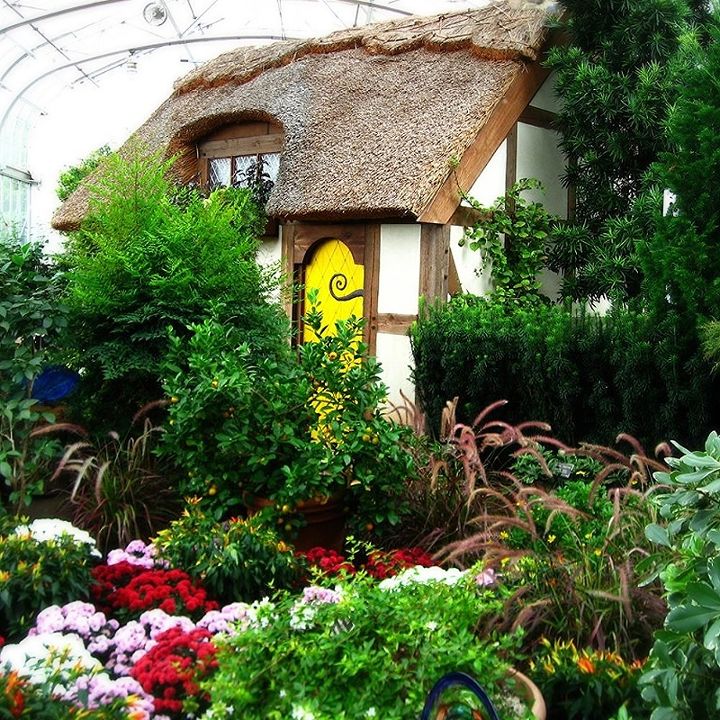
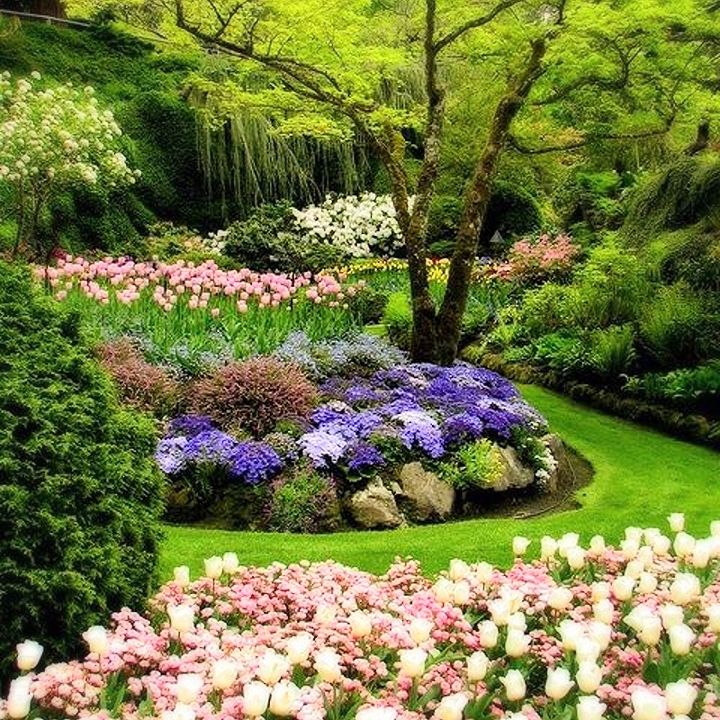
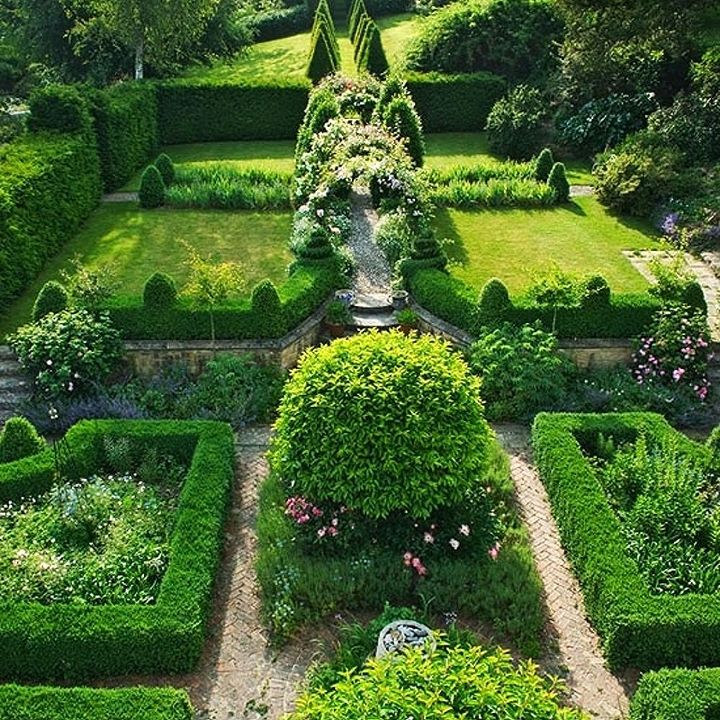


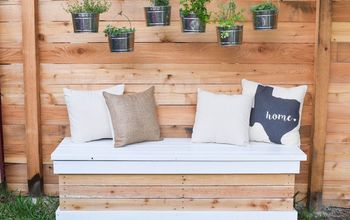


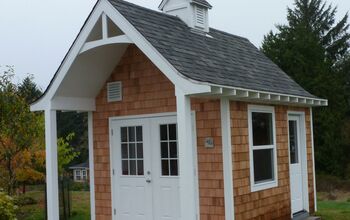








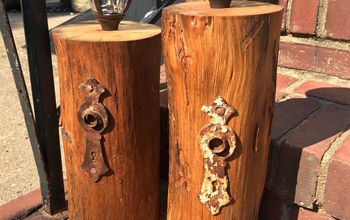




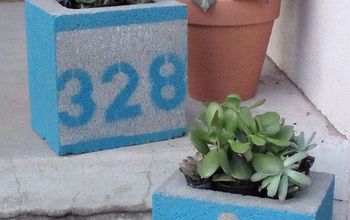
Frequently asked questions
Have a question about this project?